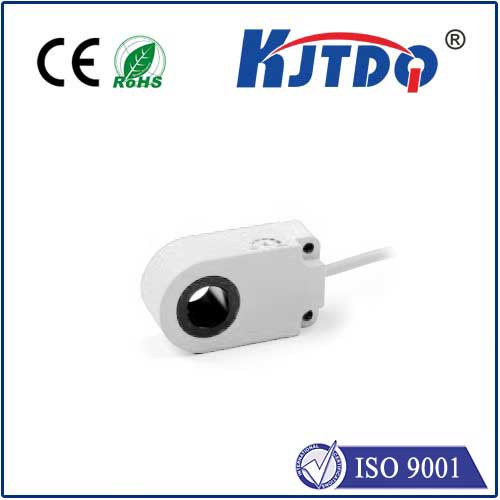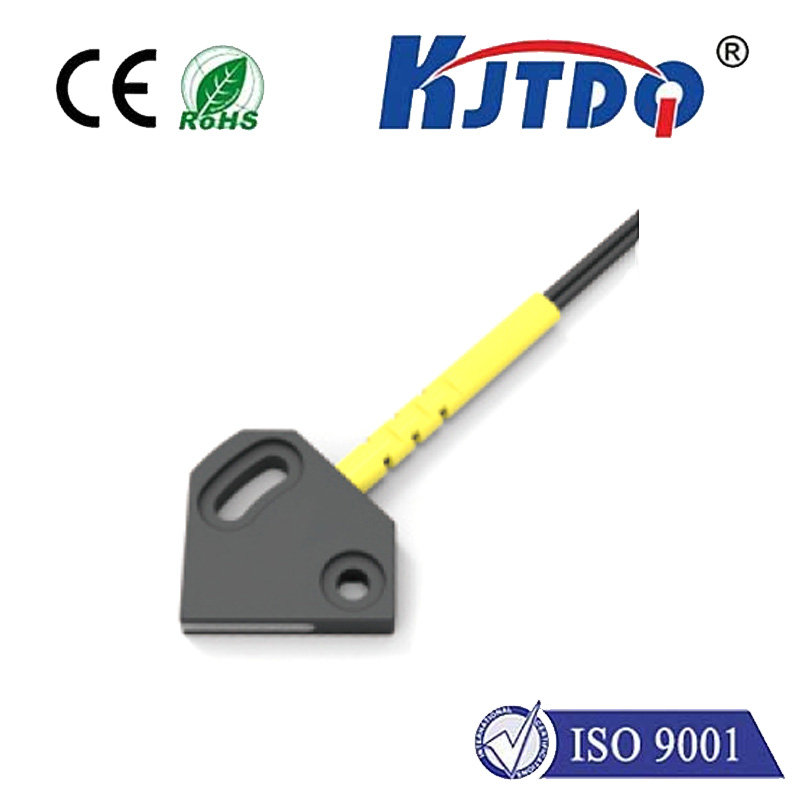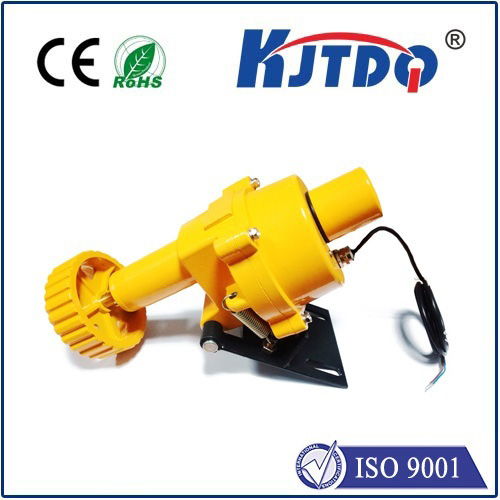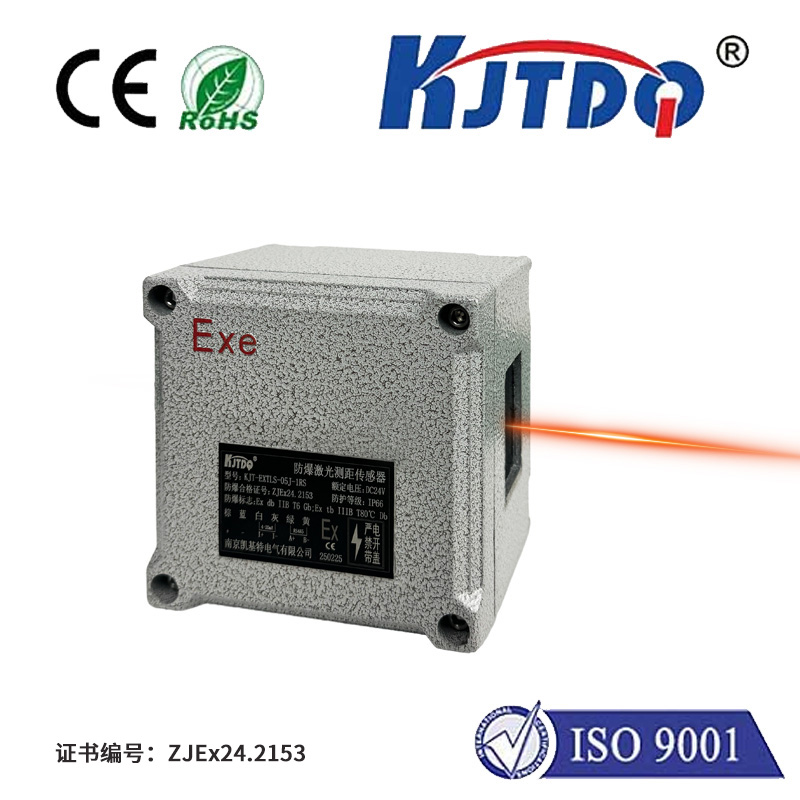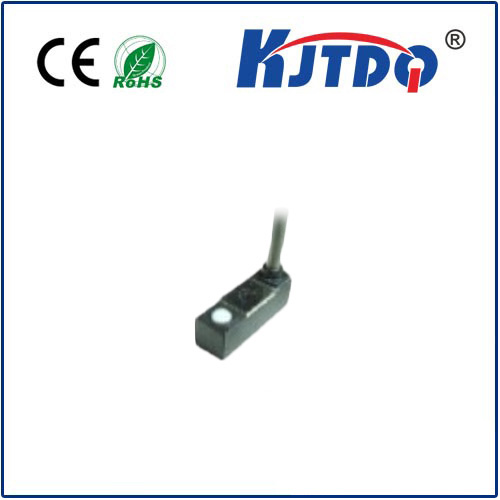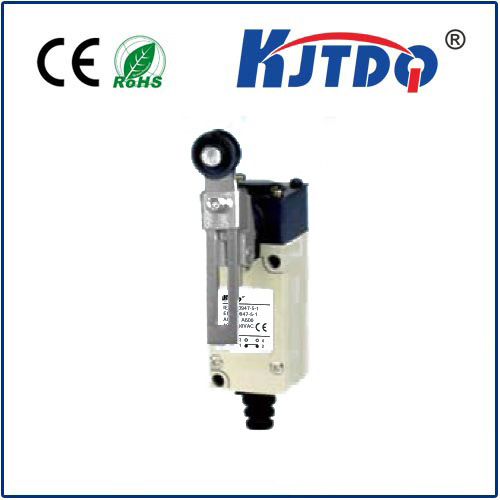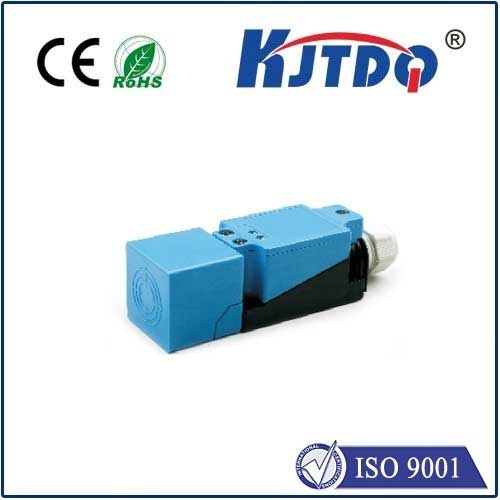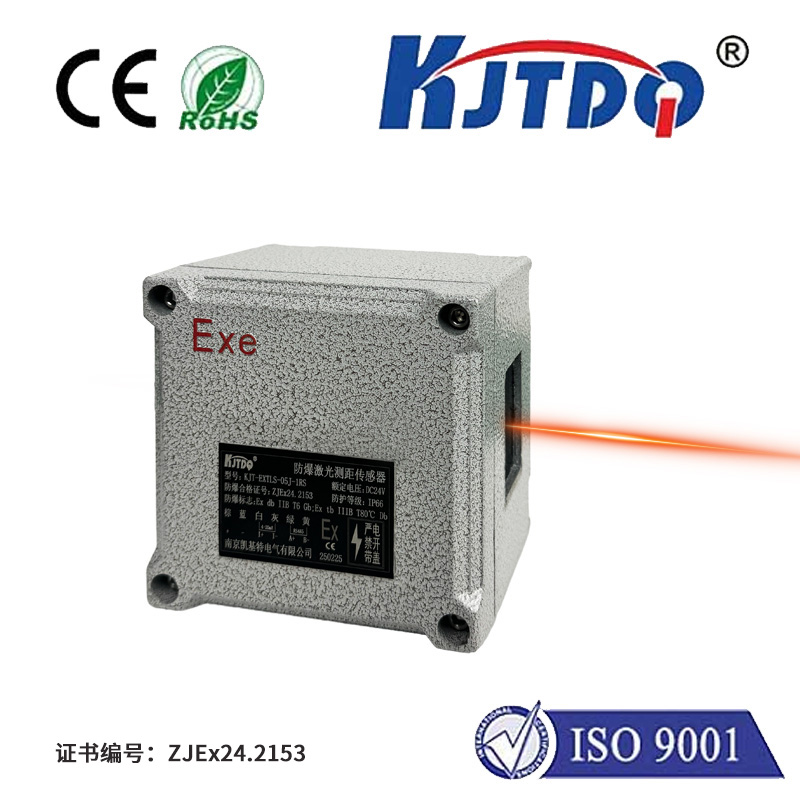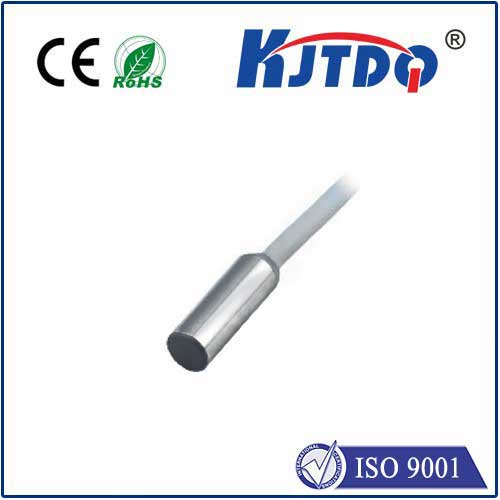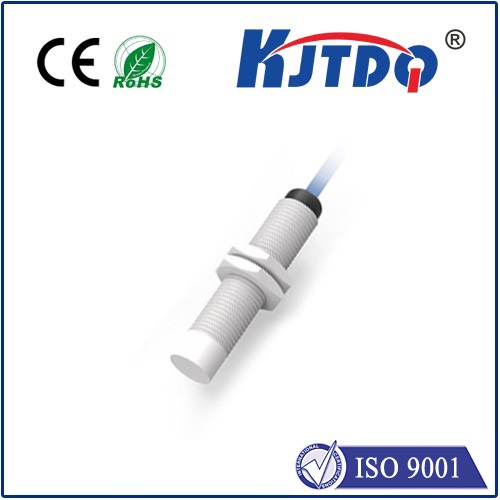schneider electric proximity sensor
- time:2025-07-18 08:44:19
- Click:0
Schneider Electric Proximity Sensors: The Unseen Eyes of Modern Industrial Automation
In the relentless pursuit of efficiency, safety, and reliability within industrial environments, the ability to detect, monitor, and react to the presence or absence of objects is fundamental. This critical task, often operating unseen and unheard, falls to a cornerstone of automation: the proximity sensor. And when demanding industrial applications require unwavering performance and seamless integration, Schneider Electric proximity sensors emerge as a leading solution, empowering smarter factories and resilient operations globally.
These sophisticated yet robust devices are the workhorses of object detection. Unlike mechanical switches, Schneider Electric proximity sensors operate without physical contact, using electromagnetic fields (inductive), electrostatic fields (capacitive), or sound waves (ultrasonic) to sense metallic or non-metallic targets. This non-contact nature is key to their appeal, offering significant advantages:
- Enhanced Durability & Reliability: Eliminating physical wear and tear dramatically extends operational lifespans, even in harsh environments plagued by vibration, dust, moisture, or chemicals. Schneider sensors are renowned for their robust construction.
- High-Speed Operation: Capable of detecting objects at incredibly fast rates – often in microseconds – making them indispensable for high-speed production lines.
- Maintenance Reduction: The “set it and forget it” principle largely applies, drastically cutting downtime and maintenance costs associated with mechanical switch failure.
Schneider Electric, a global leader in energy management and automation, offers an extensive portfolio of proximity sensors under its renowned Telemecanique Sensors brand. This range is designed to meet virtually any industrial automation need:
- Inductive Proximity Sensors: The most common type, ideal for detecting ferrous and non-ferrous metals. Schneider offers various form factors (cylindrical, rectangular, block), sensing distances, connection types (cable, connector), and outputs (NPN, PNP, NO, NC, Analog, IO-Link). Built tough with high IP67, IP68, or IP69K ratings, they thrive in demanding locations like machine tools, conveyors, and hydraulic systems.
- Capacitive Proximity Sensors: Designed to detect virtually any material – liquids, powders, plastics, wood, glass, etc. – through containers. Essential in packaging, food processing (detecting fill levels through plastic walls), and material handling applications. Schneider’s capacitive sensors ignore airborne contamination, ensuring stable performance.
- Ultrasonic Sensors: Utilizing sound waves, these excel at detecting objects over longer distances or where the target material doesn’t influence inductive/capacitive fields. They handle challenging conditions like fog, dust, or target color variations, finding use in level control, distance measurement, and complex object detection scenarios.
The true power of Schneider Electric proximity sensors lies beyond just detection. They are integral components driving operational intelligence and efficiency:
- Precision Positioning & Control: Providing precise feedback on part presence, position, and orientation within machinery and assembly lines, enabling accurate sequencing and robotic guidance.
- Object Counting & Sorting: Essential for high-speed counting applications (e.g., bottles on a line) and sorting systems based on presence/absence detection.
- Safety & Machine Guarding: Used within safety circuits (though not primary safety devices) to monitor guard positions or detect personnel entry into hazardous zones, initiating safety protocols.
- Level Detection: Capacitive and ultrasonic sensors reliably monitor liquid or granular solid levels in tanks, silos, and hoppers.
- Automated Material Handling: Ensuring smooth operation of conveyors, palletizers, and automated guided vehicles (AGVs) by detecting pallets, boxes, and obstacles.
Choosing Schneider Electric proximity sensors delivers tangible competitive advantages:
- Unmatched Reliability & Uptime: Engineered for rugged industrial environments, they minimize unplanned downtime, a critical factor for productivity.
- Simplified Integration & Compatibility: Designed within Schneider’s comprehensive EcoStruxure™ architecture, they integrate smoothly with PLCs (like Modicon), HMIs, and other automation components, reducing engineering time. Features like standardized M8/M12 connectors and IO-Link digital communication capability further ease connectivity and enable advanced diagnostics and parameter setting.
- Enhanced Safety & Productivity: Accurate, reliable detection prevents jams, misfeeds, and potential damage to machinery, while also contributing to safer operating environments.
- Energy Efficiency: Many models feature low-power designs, contributing to overall plant energy savings, aligning with Schneider’s core focus on sustainability.
- Global Support & Availability: Backed by Schneider Electric’s worldwide network for technical support, documentation, and supply chain resilience.
From the fast-paced automotive assembly line where inductive sensors count passing pistons, to the hygienic environment of a food processing plant where capacitive sensors monitor packaging levels through sealed containers, Schneider Electric proximity sensors provide the fundamental sensing intelligence that modern automation relies upon. Their robustness, diverse range tailored for specific challenges, and seamless integration capabilities make them far more than just components – they are vital enablers of smarter, more efficient, and more resilient industrial operations. Selecting Schneider ensures you leverage proven technology designed to perform consistently, contributing directly to the optimized performance and reduced operational costs that define modern industrial success.





